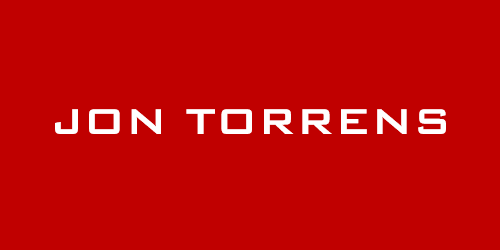The Problem When Writing a Novel
Robert McKee’s book ‘Story’ describes all the elements for creating a good story. Near the end he gives the ideal way to actually write it: ‘from the inside out’. Writing ‘from the outside in’ is the common, flawed method where the writer starts with dialogue before they’ve nailed all the important stuff such as scene order, motivations, and the whole world which the story takes place in. By jumping straight to writing the spoken words, the writer creates a horrible mess: lots of dialogue which they will have to throw away because they haven’t defined the foundation of the whole thing.
The Problem When Creating a Presentation
I believe we face a similar problem when writing a presentation: creating final slides quickly, one at a time, seems like the right thing to do, with good aesthetics and lots of information. However, although we may feel that we’re being efficient by quickly creating content, what we’re actually doing is potentially creating a huge, frustrating time-wasting problem by skipping the vital step of checking the structure at a high level at each stage. Not checking in this way can result in work being thrown away when we realise that we haven’t nailed the high-level aspects first. It’s also a bit like sketching out a large painting: if you start painting as soon as you can before considering – and re-working – various layout options at the sketching stage, you may have to go over – or attempt to erase – your hard work later because it doesn’t fit with a new structure which you realise is actually far better.
How to Apply This to Your Presentation
Here are the stages:
- Write down the key points you want to cover.
- Place them in an order that flows.
- Define the theme; following the previous stage, it may be different to what you thought it was when you started.
- Add no more than five key points on each slide, in as few words as possible.
- Define the title of each side, taking into account what is now actually written on them. Again, a different title may now be better.
- Look at the whole thing in this simple, sketched format. Remember: changes made at this stage will cost you the least amount of time and effort.
- NOW you may consider the aesthetics (the simple application of an existing PowerPoint template may be all you need, which will take about 30 seconds and do a ton of design work for you automatically).
- Consider adding some large, original images, but only where you think they’ll really help you convey an idea more effectively. If a slide of text can be replaced by an image (remember that you will still say what you were planning to) then you will have achieved something rather special.
And here are the rules:
- Do not proceed to the next stage until you are happy with the current one; repeat each one until you feel have achieved it properly.
- Allocate a sensible* amount of time to each one, considering your deadline. And don’t forget to allocate time to reheasing, too!**
* Dividing your time into eight equal stages is a good start (I imagine you’ll take a lot longer over stage 7 than 30 seconds).
Conclusion
Make sure you’re happy with the structure before you start making it look nice. Getting the first stage right may feel like you’re wasting time, but you are in fact preventing wasted time (and stress) later on.
